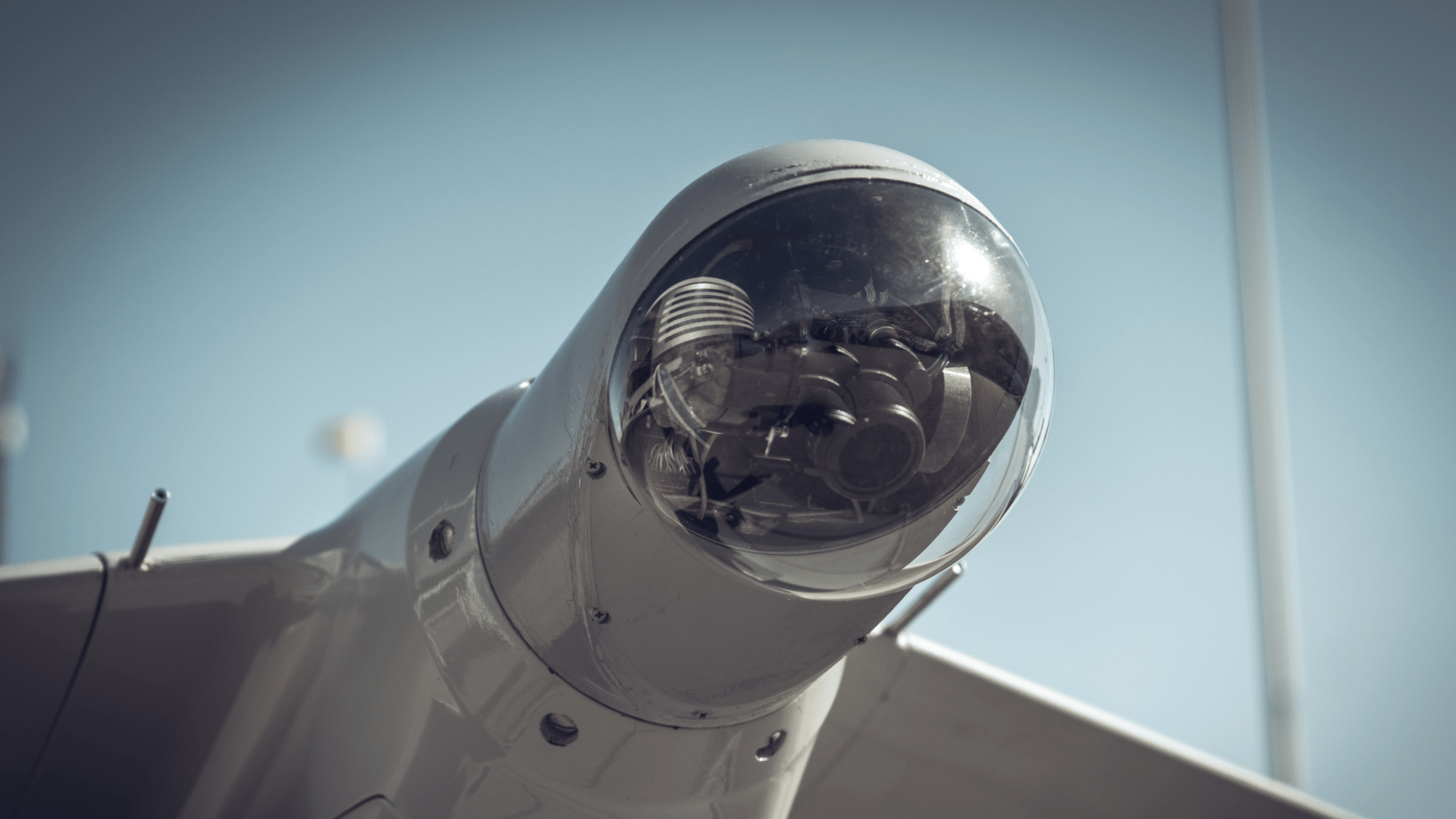
Glossary Definition
Coastal Artillery: Defending Shorelines and Coastal Territories
Coastal artillery is a type of military artillery specifically designed to defend shorelines, harbors, and coastal territories from enemy ships and amphibious assaults. With its ability to engage targets at sea and on land, coastal artillery has historically played a significant role in coastal defense strategies, safeguarding coastal regions and denying access to enemy naval forces.
Key Features and Functions:
- Heavy Guns and Emplacements: Coastal artillery consists of large-caliber guns, typically mounted on fixed emplacements or mobile platforms near the coastline. These guns have long ranges and high firing power, allowing them to engage enemy ships and landing forces at a considerable distance from the coast.
- Coordinated Fire Control: Coastal artillery is often integrated with a sophisticated fire control system, which includes observation posts, range finders, and communication networks. This coordination ensures accurate target acquisition and precise firing solutions.
- Anti-Ship Capability: Coastal artillery’s primary function is to engage and neutralize enemy warships and maritime assets approaching the coast. The heavy guns are capable of firing high-explosive and armor-piercing projectiles, posing a significant threat to hostile naval forces.
- Anti-Landing Defense: In addition to targeting ships, coastal artillery can also engage and disrupt enemy amphibious landings. By firing upon landing craft and troop concentrations, it hampers the success of invasion attempts.
- Coastal Fortifications: Coastal artillery emplacements are often part of coastal fortifications, comprising bunkers, gun emplacements, and protective barriers. These fortifications provide cover and protection to the gun crews during combat operations.
Historical Significance:
Coastal artillery has played a critical role in various historical conflicts:
- World War II: During World War II, coastal artillery was instrumental in defending coastlines and harbors from enemy naval attacks and amphibious assaults. The famous “Atlantic Wall” built by Germany along the European coastline is an example of extensive coastal defense infrastructure.
- D-Day Invasion: Coastal artillery posed a significant threat to the Allied forces during the D-Day invasion of Normandy. The Germans strategically placed heavy guns along the French coast, leading to intense fighting during the initial landings.
Modern Applications:
Although naval warfare has evolved significantly, coastal artillery remains relevant in modern defense strategies:
- Territorial Defense: Coastal artillery continues to play a vital role in defending territorial waters and coastlines from potential aggressors.
- Anti-Access/Area Denial (A2/AD): Coastal artillery can contribute to Anti-Access/Area Denial strategies by restricting enemy access to strategic coastal regions.
- Critical Infrastructure Protection: Coastal artillery can be used to protect important coastal infrastructure, such as ports, naval bases, and critical economic assets.
Conclusion:
Coastal artillery serves as a formidable deterrent and defensive measure, protecting coastlines and territorial waters from potential threats. With its heavy guns, coordinated fire control, and ability to engage both naval and amphibious targets, coastal artillery remains an essential component of coastal defense strategies in modern military operations. Its historical significance and continued relevance demonstrate its enduring importance in safeguarding coastal territories and national security.


